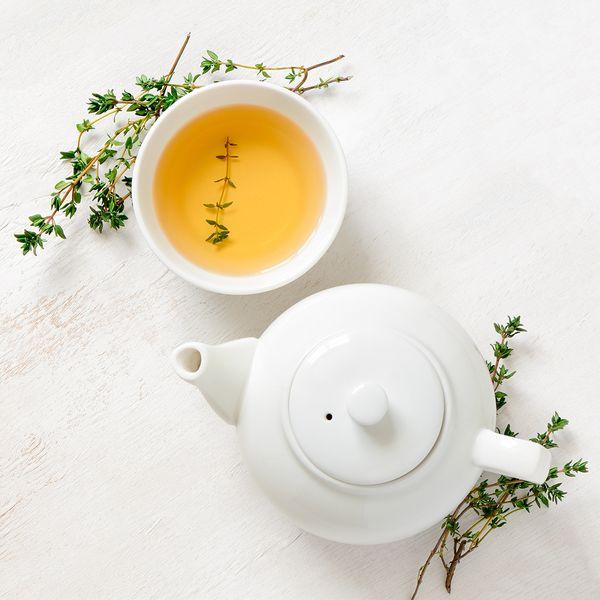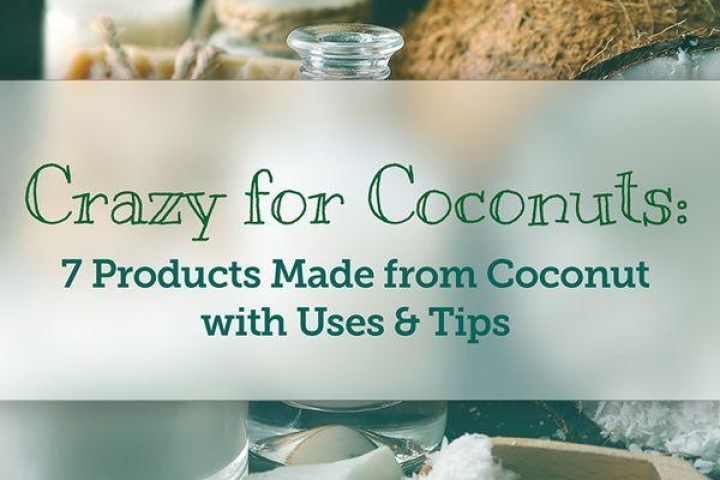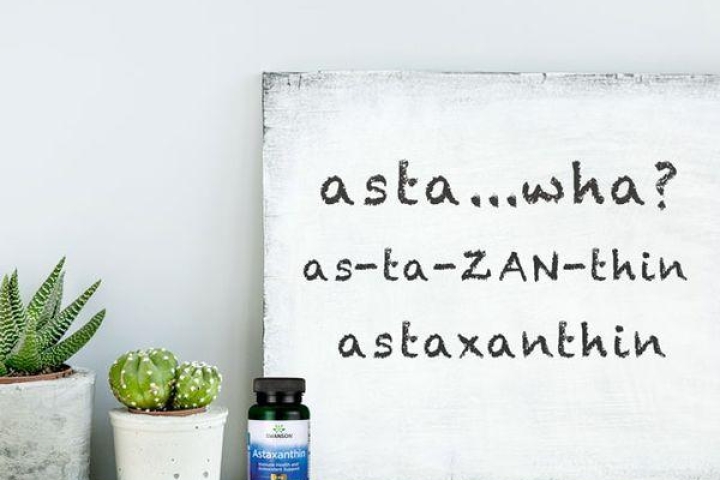Finding the Perfect Cup: A Beginner’s Guide to Tea
So you’re ready to become a tea connoisseur, but you don’t know where to start? Well, you’re in luck! We’re big fans of the art of drinking tea, and we’ve compiled everything you need to know about tea, including types, origins, caffeine content, and how to prepare the perfect cup. By the end of this post, you’ll be ready to take on the world, one cup of tea at a time.
Tea History & Facts
Black Tea
Black tea has been enjoyed in China since at least the 16th century. This classic tea is created by rolling tea leaves and allowing them to oxidize. The resulting flavor is bold, hearty, and slightly bitter. Black tea contains the most caffeine of all tea types, about 40-60 mg per cup, which is roughly half the amount found in a cup of coffee.
White Tea
White tea originated during the Tang Dynasty in China (618-907 A.D.). Initially a delicacy for royalty, white tea eventually became accessible to the masses and is now enjoyed by many for its mild, subtly sweet, and delicate flavor. White tea contains a minimal amount of caffeine, about 10-15 mg per cup, making it suitable for enjoyment throughout the day.
Green Tea
Green tea became popular among the general public in China during the 1400s, though its origins date back to 2737 BC. Predominantly produced in China and Japan, green tea is celebrated worldwide for its smooth and fresh taste and numerous health benefits, including potent antioxidant properties attributed mainly to epigallocatechin gallate (EGCG), a polyphenol found in green tea. It is also consumed to boost energy levels and support weight management.
Herbal Tea
Tea and herbs have both been integral to Chinese culture for thousands of years, leading to the natural fusion found in herbal tea. Today, herbal teas are crafted using dried fruits, herbs, and flowers, and are particularly favored for their absence of caffeine. Rooibos tea and chamomile tea are among the many popular herbal teas.
Oolong Tea
Although only 2 percent of the world's tea consumption is oolong tea, this exquisite variety deserves more recognition. Known for its delicate, sweet, and smooth flavor, oolong tea has been enjoyed since the 16th century. It is processed through a method of fermentation and oxidation, which gives the leaves a distinctive yellow surface with a reddish edge.
Pu’erh (Pu’er) Tea
Pu’erh (pu’er) tea, cultivated in China since the Han Dynasty (25-220 CE), can be either black or green. This aged tea is known for its rich and earthy flavor. Pu’erh was once banned in the United States, and its cultivation remains a closely guarded secret in China. Black Pu'erh tea typically has 60 to 70 milligrams of caffeine per cup, while green pu'erh has between 30 to 40 milligrams.
Yerba Maté Tea
If you're a coffee enthusiast looking to broaden your tea collection, consider trying yerba maté. Known for its bold, coffee-like flavor and containing 85 mg of caffeine, yerba maté was discovered in South America in the 16th century. It is primarily harvested in Argentina, Brazil, or Paraguay, where it undergoes a process of blanching, drying, aging, and milling or cutting.
Rooibos Tea
Enjoyed for centuries by the people of the Cape of South Africa, rooibos tea is a caffeine-free option harvested from a red bush plant. It is known for its sweet and nutty flavor and is often enjoyed with fruit or cinnamon.
Moringa Tea
Moringa oleifera, found mostly in North India but also in parts of Asia, Africa, and South America, has been valued for its rich antioxidant content and bioactive plant compounds for thousands of years. Moringa tea is made by steeping dried leaves in hot water for several minutes, offering a subtle and sweet taste.
Mushroom Teas
In the East, mushroom teas have been consumed for thousands of years, and recently, Western wellness enthusiasts have started to appreciate their stress-reducing, immune-boosting properties. Popular varieties include reishi and chaga. Reishi, which grows in hot and humid Asian regions, has a bitter flavor, while chaga, found on birch trees across the northern hemisphere, offers an earthy taste with a hint of bitterness.
Loose-Leaf vs. Tea Bags—Which Is Better?
Whether you prefer your tea loose leaf or from a tea bag, both forms have plenty to offer. Tea bags provide a convenient way to enjoy tea anytime, anywhere, though the tea is often more finely ground than loose leaf, possibly leading to a more astringent brew if not brewed correctly. Loose leaf tea aficionados often cite a fuller, richer flavor and greater health benefits. It's important to consider that some tea bags contain bleached material or fine plastic mesh, which could impact the quality and biodegradability of the tea. Always check for high-quality, eco-friendly options.
10 Tea Preparation Tips
1Try Organic: Opting for organic tea not only benefits your health but also the environment, offering the pure flavors of tea grown without pesticides.
2Measure Your Leaves: When using loose-leaf tea, it's crucial to measure accurately. An 8-ounce cup of water usually requires 1-2 teaspoons of leaves, though this may vary by tea type. Always read the label for guidance.
3Use the Right Tools: For those who prefer loose-leaf tea, strainers and infusers are essential. Strainers sit on top of the mug for easy steeping, while infusers contain the leaves within a tea ball or creatively shaped container, often made of mesh or stainless steel.
4Watch the Water: Always use cold, filtered water for brewing. For optimal results, start with fresh water for each brew rather than reboiling previously used water.
5Temperature Is Key: The ideal brewing temperature varies by tea type. Water should be boiled for black, herbal, oolong, pu’erh, yerba maté, and rooibos teas, while green and white teas should be brewed at lower temperatures.
6Timing Matters: Most teas require at least three minutes of steeping to achieve the desired flavor. Over-steeping can make some teas taste bitter. Herbal and rooibos teas generally need the longest steeping time.
7Consider Skipping the Milk: Milk can alter the effects of tea by binding the milk proteins with the polyphenols, thereby reducing the antioxidant benefits. If you prefer milk in your tea, add it just before drinking to preserve the maximum antioxidant content. When in doubt, leave it out.
8Add Flavor, Enhance the Benefit: Incorporating a squeeze of lemon can enhance your tea’s antioxidant potential, thanks to the vitamin C. Lemon pairs well with white tea, while oolong and herbal teas can be sweetened with honey or agave.
Popular tea additions include agave, honey, lemon, basil, ginger, cayenne pepper, cinnamon, mint leaves, peppermint oil, lavender oil, and coconut oil.
9Reduce, Reuse, Re-Steep: Don’t discard your leaves after one use—many loose-leaf teas can be re-steeped multiple times. Rooibos and herbal teas can be re-steeped 1-3 times; green, black, white, oolong, and yerba mate teas 2-5 times; and pu-erh up to 10 times.
10Store Correctly: Store your teas in an airtight container, keeping them in a cool, dark place away from sunlight and strong-smelling foods like cheese, onions, and spices, which can alter the flavor of the tea.
Now that you have a thorough understanding of tea types, brewing methods, caffeine content, and more, you're equipped to embark on your lifelong tea journey. If you found this article helpful, you might also enjoy Infused Water Recipes and Benefits and 14 Adaptogenic Herbs for Healthy Stress Support.
Also, tell us in the comments below—What’s your favorite tea? How do you prepare it? And be sure to sign up for BubbForest Health emails for our best promotions and expert advice delivered straight to your inbox.
About Lindsey Toth, MS, RD
Lindsey is a nationally recognized registered dietitian and nutritionist with a soft spot for pie. She empowers people to take charge of their health by finding the balance between the pleasure and nourishment in food. Her philosophy is that you should take care of your body because it’s the only permanent home you have. It’s what inspired her to pursue a career in nutrition.
Sources
16 Science-Based Health Benefits of Moringa oleifera. Healthline. https://www.healthline.com/nutrition/6-benefits-of-moringa-oleifera
2 Ali K.Atouia, Ali K., et. al. Food Chemistry. Volume 89, Issue 1, January 2005, Pages 27-36. Science Direct. https://www.sciencedirect.com/science/article/pii/S0308814604001670
3 6 Benefits of Reishi Mushroom (Plus Side Effects and Dosage). Healthline. https://www.healthline.com/nutrition/reishi-mushroom-benefits#section1
4 What Are Chaga Mushrooms and Are They Healthy? Healthline.





Leave a comment